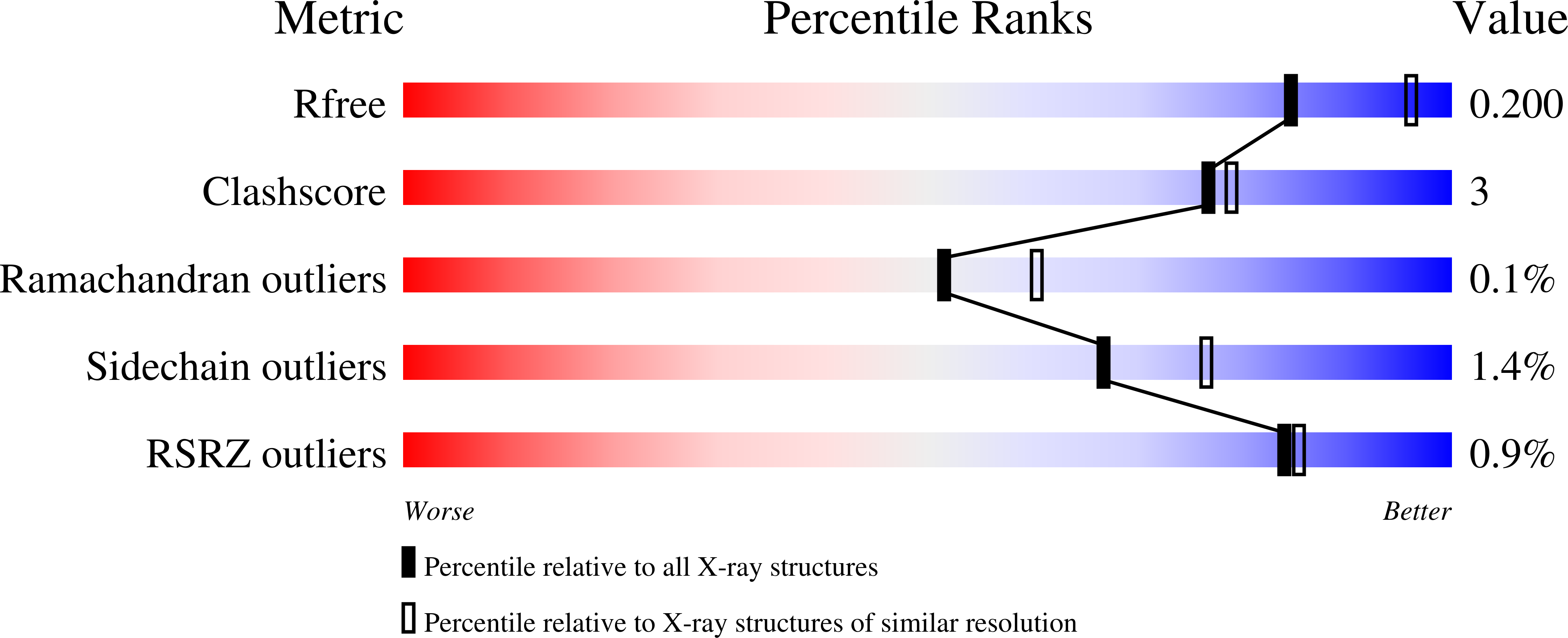
Deposition Date
2009-05-18
Release Date
2010-02-23
Last Version Date
2023-09-06
Entry Detail
PDB ID:
3HI4
Keywords:
Title:
Switching catalysis from hydrolysis to perhydrolysis in P. fluorescens esterase
Biological Source:
Source Organism:
Pseudomonas fluorescens (Taxon ID: 294)
Host Organism:
Method Details:
Experimental Method:
Resolution:
2.25 Å
R-Value Free:
0.20
R-Value Work:
0.16
R-Value Observed:
0.16
Space Group:
P 32


